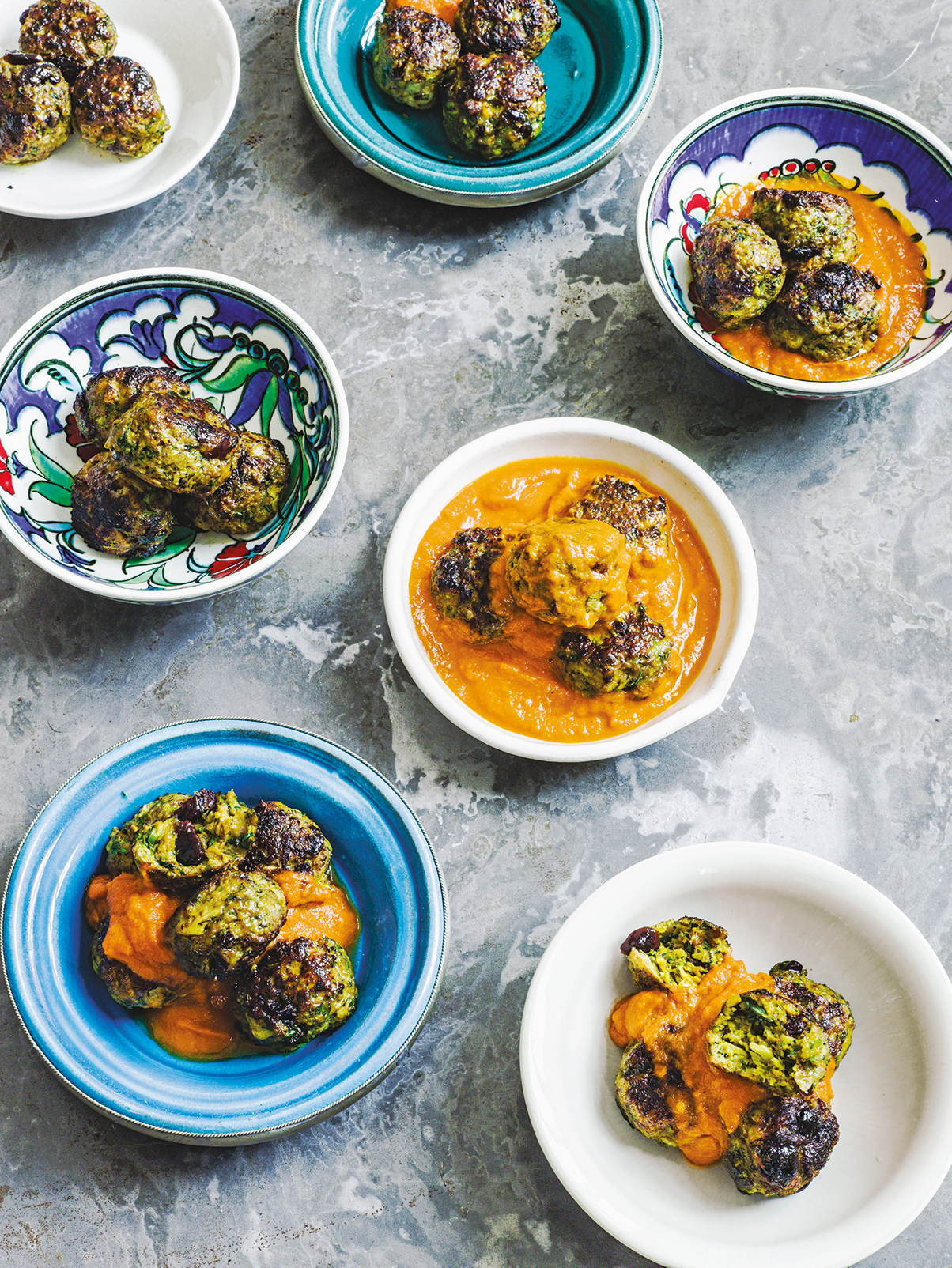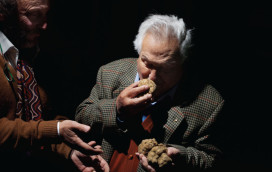The celebrated Egyptian food writer Claudia Roden remembers clearly the meals she had in post-war London, having fled Cairo during the Suez Crisis. “False cream, false meat, false everything,” she says with a shudder. “It was a shock.”
In a bid to comfort her daughter in their new home, Roden’s mother would cook familiar Egyptian dishes and invite fellow émigrés to share them. As the chef puts it: “We might have lost our homes, our possessions, our livelihoods, but we had the dfeena, the kibbeh, the kunafa: dishes that embodied the glories and warmth of Cairo, and all that we were homesick for.”
More than half a century after Roden collated these recipes into her international best-selling A Book of Middle Eastern Food, the cuisine that she championed has become celebrated among food lovers all over the globe. It’s thanks to her, supermarket bosses admit, that on our shelves today you are as likely to find hummus as you are ham, and baba ganoush as you are butter.
Roden might have told us about these flavors half a century ago, but it has taken a while for us to embrace them, she says. First, a few western shops, she says, started to stock basics such as couscous, bulgur, halloumi, chickpeas and filo pastry. “Then, in the Nineties, supermarkets started to use my recipes for things like baba ganoush. And now, at last, things like pomegranate molasses, tahini, harissa, za’atar and dukkah, which I’ve used all my life, are being championed as part of the new ‘modern’ cuisine.”
Thankfully for those who appreciate the exotic but earthy tastes of Middle Eastern food – a generic term that encompasses flavors from the souks of North Africa to the mountains of Iran – Roden’s once-solitary crusade has now been joined by chefs all over the globe, including Israeli-British, vegetable-loving Yotam Ottolenghi and Persian-inspired Sabrina Ghayour.
When Ottolenghi opened his first café in London’s Notting Hill in 2002, it was an experiment to see if the neighborhood would buy into his inventive repertoire of primarily vegetarian dishes. Sixteen years on, so great is his following that he has opened five more restaurants, writes food columns for The Guardian and The New York Times, and has sold hundreds of thousands of books that have changed the way families eat across the world.
In the US, meanwhile, market research firm Datassential reports that the appearance of falafel on restaurant menus has risen by 40 per cent in four years. New York City is particularly enamored with Middle Eastern cuisine, a passion further ignited by the arrival last year of celebrated Tel Aviv-based chef Meir Adoni. The menu at his acclaimed Flatiron restaurant, Nur, includes dishes from Morocco and Libya as well as Israel, Yemen and Syria.
So why the sudden popularity in the west of Persian, Moorish and Ottoman cuisines that have been enjoyed in their homelands for centuries? Not only have we been traveling more, says food writer Bee Wilson, and learning to love relaxed, meze-style sharing platters, but we are also exchanging recipes like never before.
In 2016, at the Diálogos de Cocina food symposium in San Sebastián, she reports, the hottest topic was not a new technique, or a star chef, but the explosion of recipes on social media. It is a revolution, she says, that has not only allowed anyone, anywhere, to watch cookery demonstrations, but for recipes to travel around the globe – from a traditional café in Amman to a hip food truck in Brooklyn or a St. Regis restaurant in the Maldives.
People’s obsession with their health may also have contributed to the cuisine’s rising popularity, says chef Sabrina Ghayour, whose 2014 cookbook Persiana sold 150,00 copies in the first year and has been printed in 12 countries worldwide. “Unlike European food, with its dairy, butter, cheese, meat and oil,” she points out, “Middle Eastern food is full of fresh herbs, nuts, fruit and seasonings that are known to be good for you. Even our pizza, or musakhan, has toasted almonds and citrusy sumac on it. And because there are so many delicious spices, you can turn even a basic carrot into something appealing, just by adding harissa and cumin.”
The simplicity of many dishes has also encouraged relatively inexperienced cooks to try new recipes, she adds. “You don’t have to be incredibly skillful to make slow-cooked lamb, and serve it with cumin salt,” she says. “And just a sprinkling of Persian spice, or a handful of aromatic herbs, can transform a boring dish into something quite exciting.”
The expansion of delis selling fresh ingredients has contributed to people’s familiarity with these once-exotic foods, too. Ottolenghi now sells online a “desert island hamper” of “essential ingredients”, from crushed freekeh and dried barberries to preserved lemons, so that chefs anywhere can join the growing tabbouleh-making throng. “These days cooks everywhere are as likely to need pomegranate molasses and date syrup to make dinner as they are olive oil and lemon,” he says.
If he’s right, our store cupboards will never be the same again. Salt and za’atar, anyone?
Middle Eastern cuisine can be sampled at St. Regis hotels throughout the world, from the newly opened The St. Regis Amman to the casual beach restaurant at The St. Regis Maldives Vommuli Resort
Image courtesy of Liz & Max Haarla Hamilton. Persiana is published by Mitchell Beazley (octopus books.co.uk)



